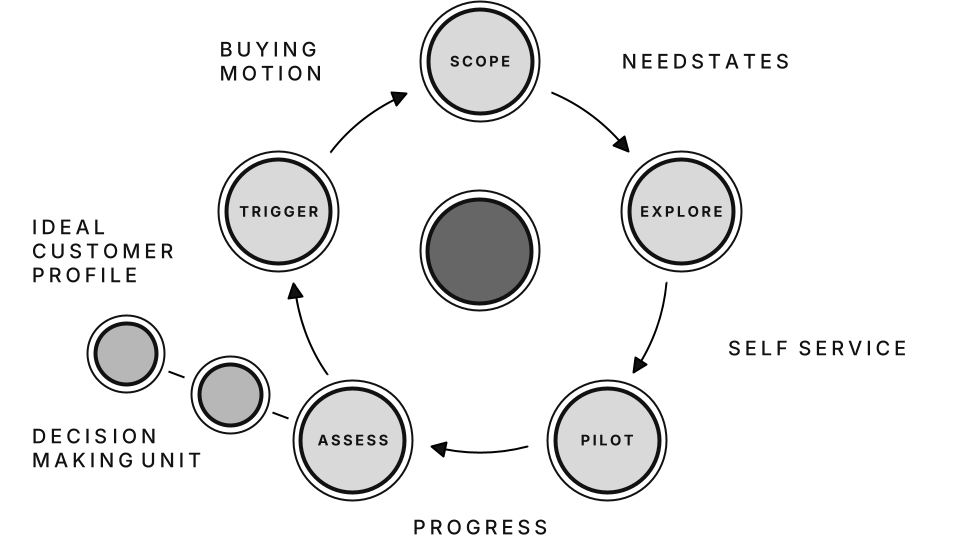Marketing management and
planning
The Marketing Quotient framework was developed in 2019. It was recently revised ahead of its anniversary.
The Marketing Quotient framework was developed in 2019. It was recently revised ahead of its anniversary.
The four components of the marketing mix — product design, pricing, distribution, and communication tactics — become specialised and siloed as operations grow
This presents a source of competitive advantage for startups, while addressing it becomes an imperative in the mid-market and corporates.
How can marketers support the need to increase brand awareness, accelerate the sales process, and retain install base against this internal complexity; while outside the business trends move faster, buyer expectations shift, and the tenure of decision makers is shorter?
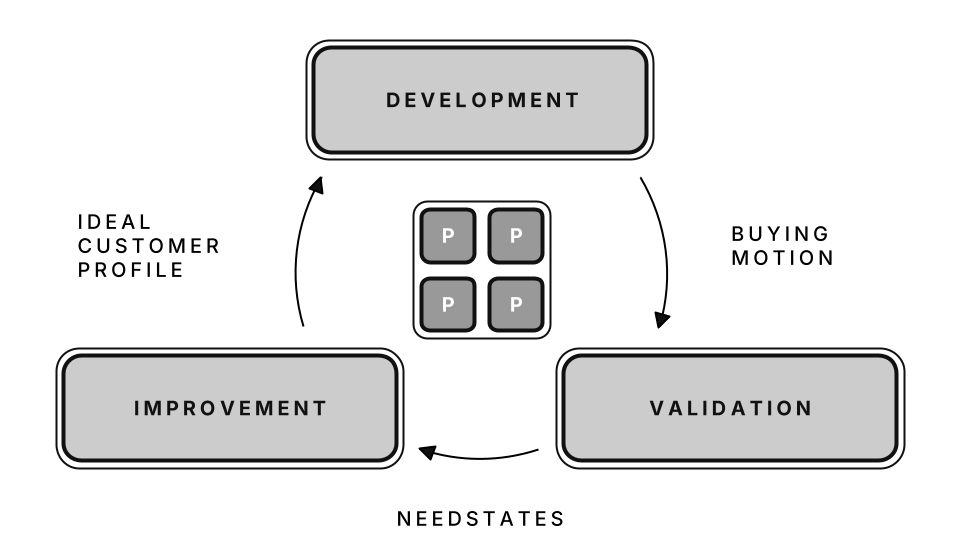
It is people who build products and deliver services — adding value. It is people who buy products and engage with providers — benefitting from it
B2B success begins and ends with the customer. Understanding their world — priorities, structure, and process — and mapping actions to each. Starting with the end in mind allows marketers to work back from outcomes and deliver meaningful impact for shareholders, colleagues, customers, and partners.
Prioritise an ideal customer profile
Identify the inflection points in a business' lifecycle that cue when your brand is relevant and sets the theme for the conversation to follow. Triage effort towards leads with a 1:1, 1:Few, and 1:Many model and leverage channel partners for added scale.
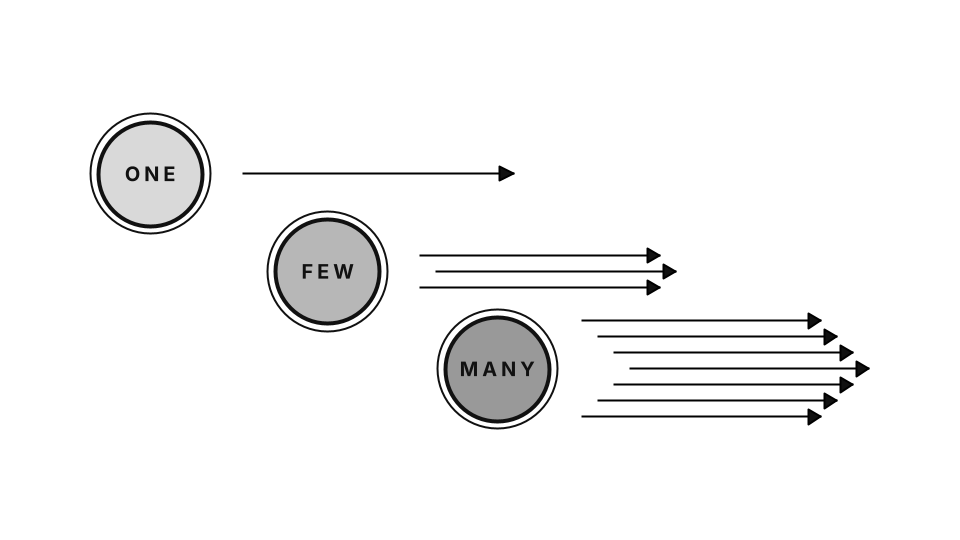
Define buying motions
How does the customer's context dictate their attitudes and priorities toward a decision? What is the emotion and information hierarchy to address that will capture interest, demonstrate relevance, and convey capability at each stage?
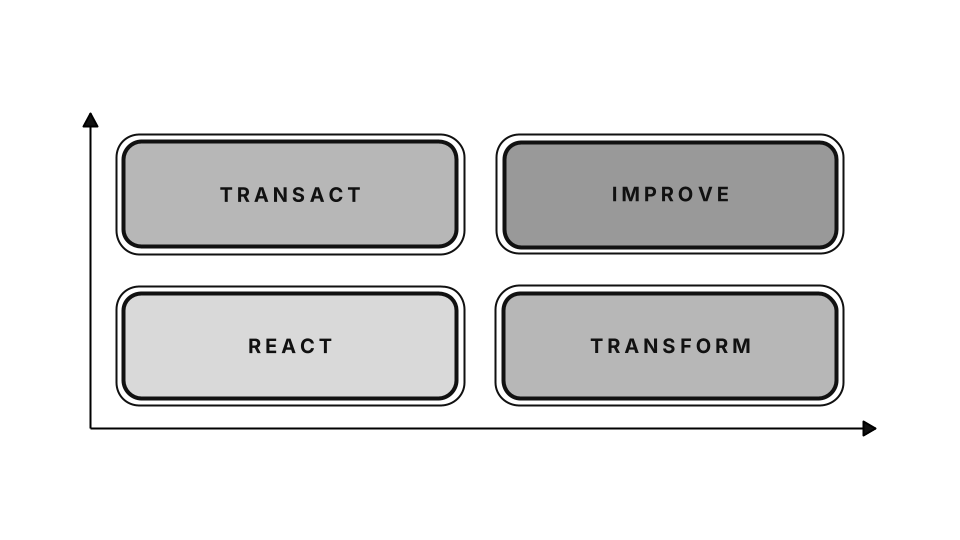
Needstate duality (and the DMU)
Respond to personal and commercial drivers that motivate all members of the decision making unit (DMU). Coordinate outreach for effective multi-threaded engagement to achieve concensus ahead of sales and renewal decisions.
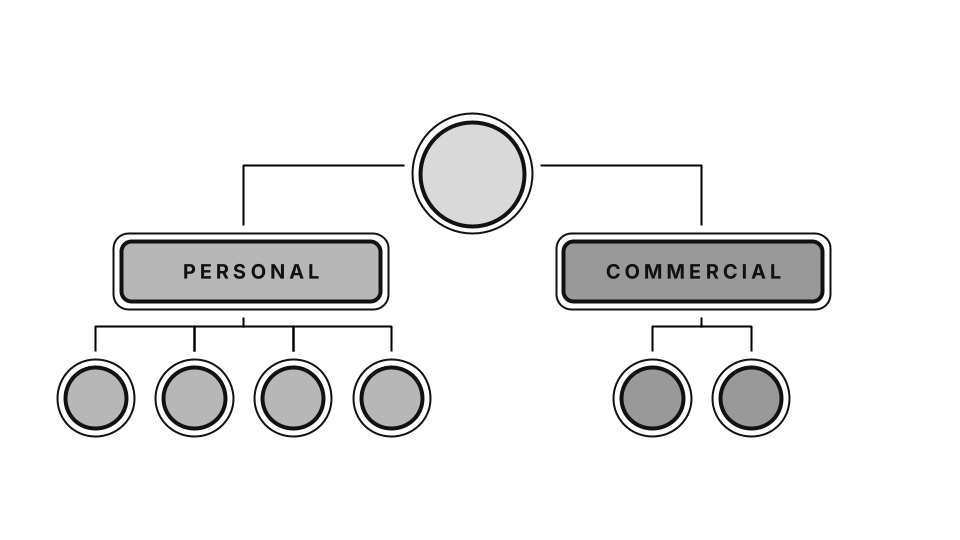
Decision making units take on different characteristics at each stage of a pursuit. Individuals and the roles performed change throughout
Tracking a commercial customer's journey through the decision making process is critical to define how, when, and with who you engage. Whether an individual member is in an active state (reviewing, gathering), or a passive state (observing, delegating) affects their reciprocity.
And understanding if the required inspiration and influence comes from inside or outside their firm determines the value exchange to create — direct, or value add.
